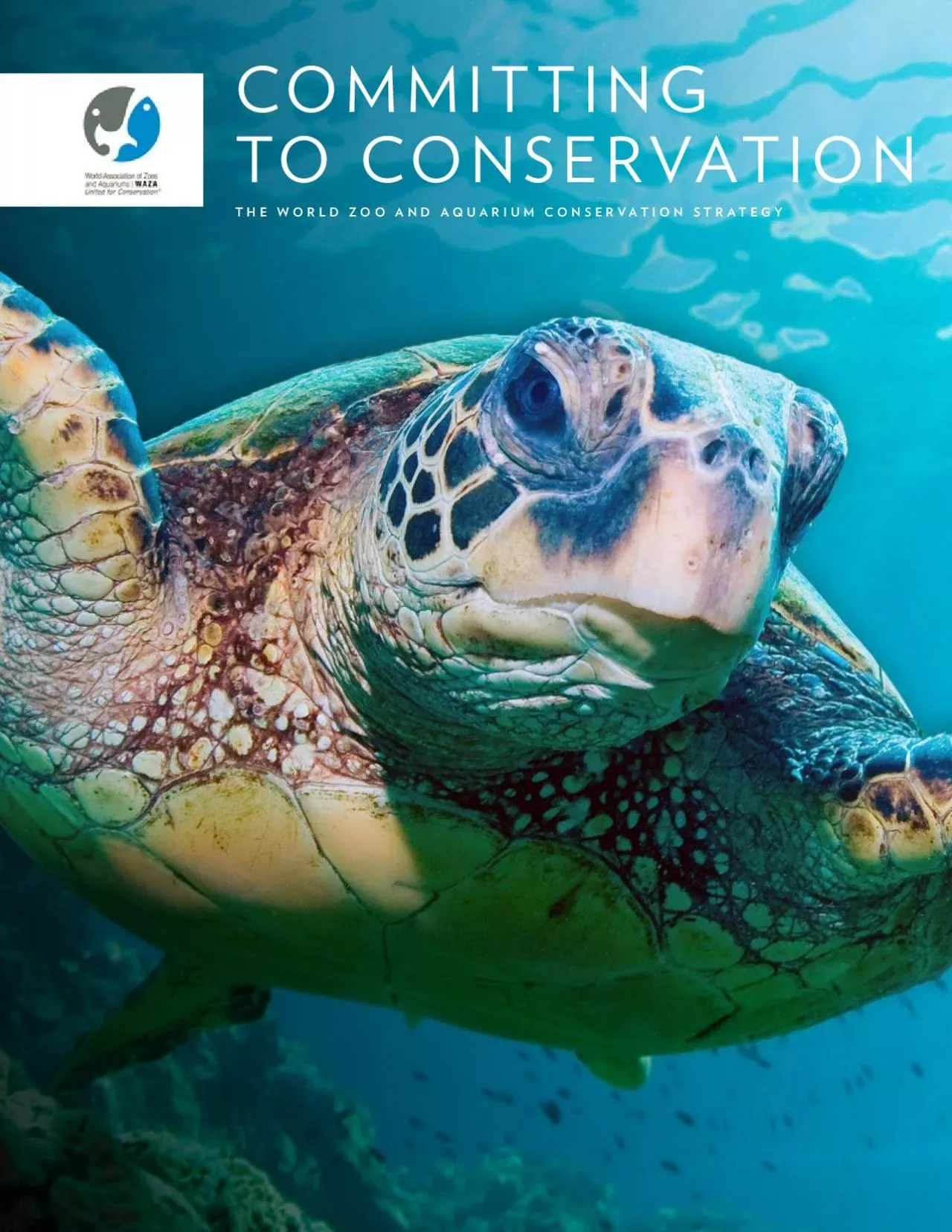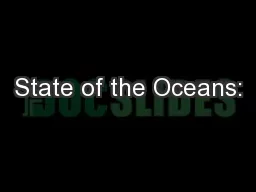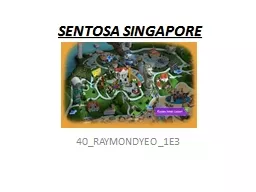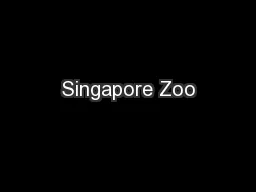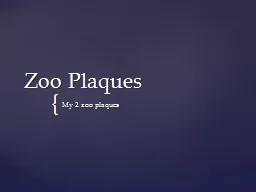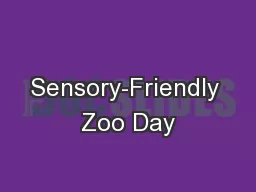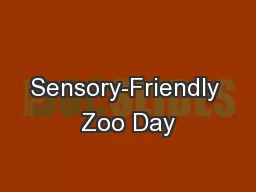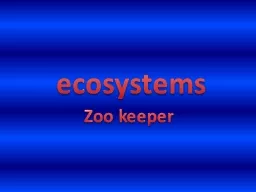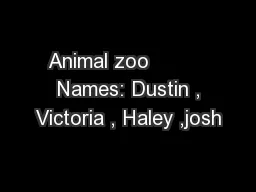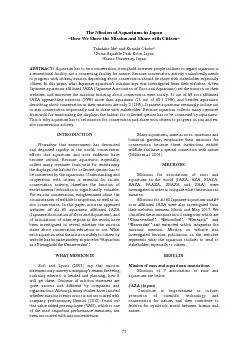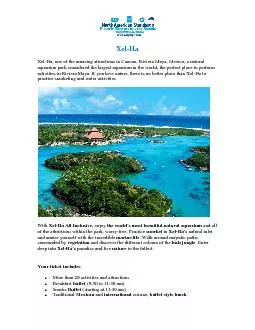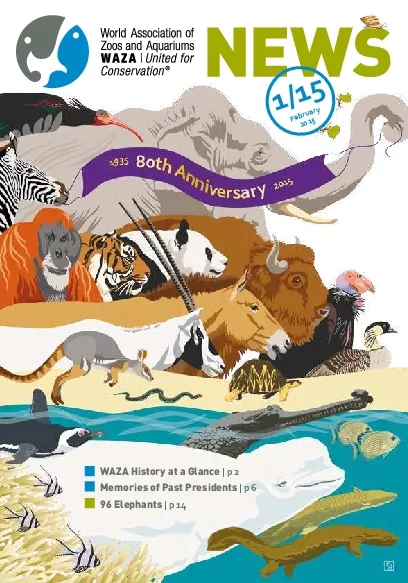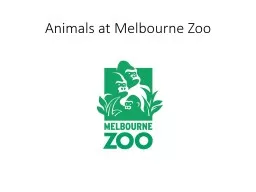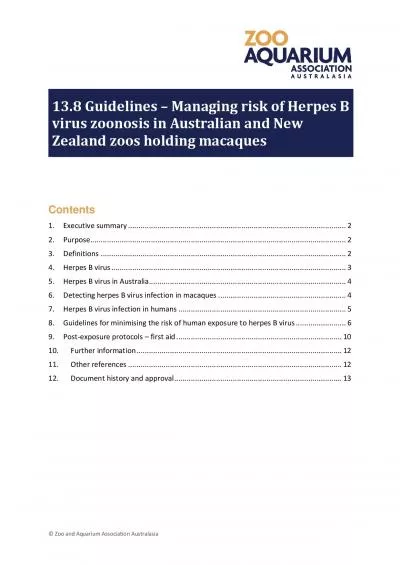PDF-THE WORLD ZOO AND AQUARIUM CONSERVATION STRATEGYCOMMITTINGTO CONSERVAT
Author : danya | Published Date : 2021-02-11
MOUNTAIN GORILLARWANDA WAZA is the voice of a global community of zoos and aquariums and a catalyst for their joint conservation actionMISSION STATEMENT 4 CONSERVATION
Presentation Embed Code
Download Presentation
Download Presentation The PPT/PDF document "THE WORLD ZOO AND AQUARIUM CONSERVATION ..." is the property of its rightful owner. Permission is granted to download and print the materials on this website for personal, non-commercial use only, and to display it on your personal computer provided you do not modify the materials and that you retain all copyright notices contained in the materials. By downloading content from our website, you accept the terms of this agreement.
THE WORLD ZOO AND AQUARIUM CONSERVATION STRATEGYCOMMITTINGTO CONSERVAT: Transcript
Download Rules Of Document
"THE WORLD ZOO AND AQUARIUM CONSERVATION STRATEGYCOMMITTINGTO CONSERVAT"The content belongs to its owner. You may download and print it for personal use, without modification, and keep all copyright notices. By downloading, you agree to these terms.
Related Documents

